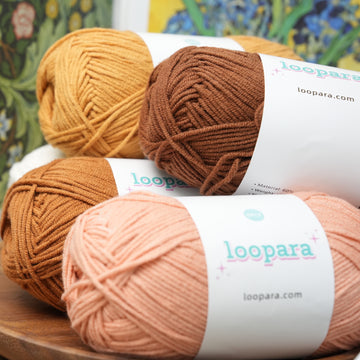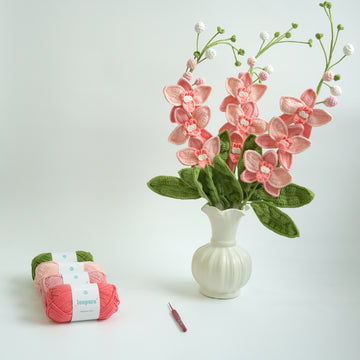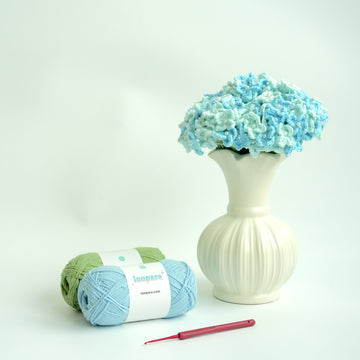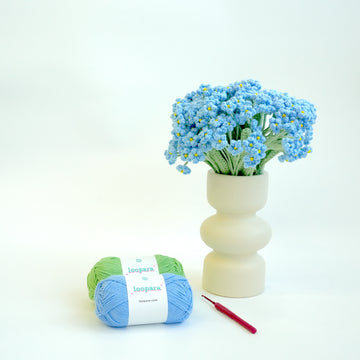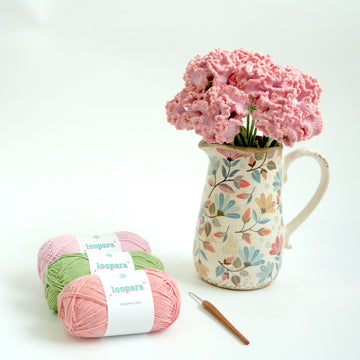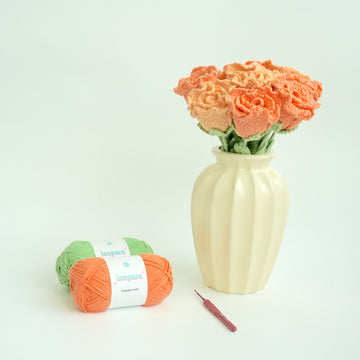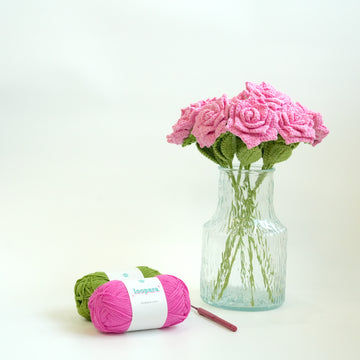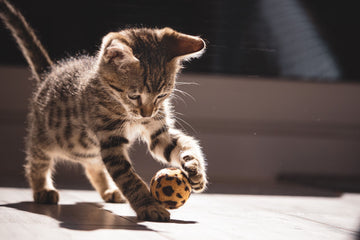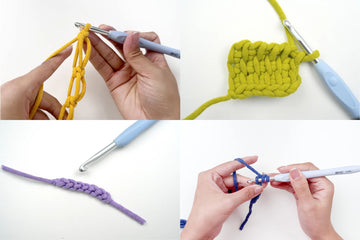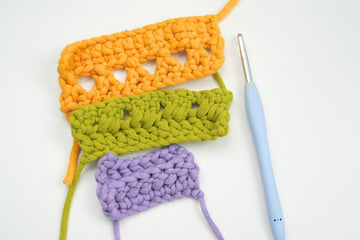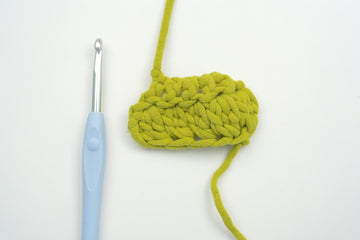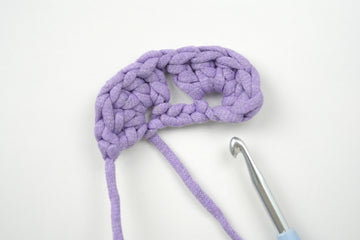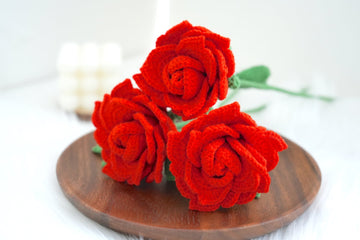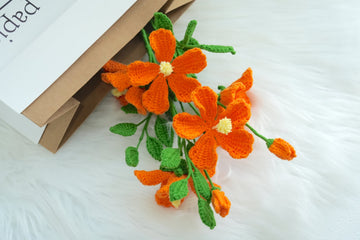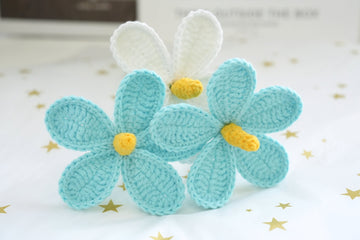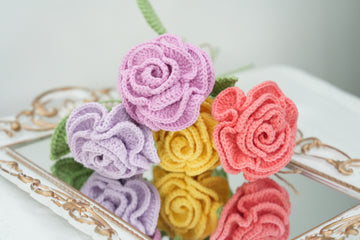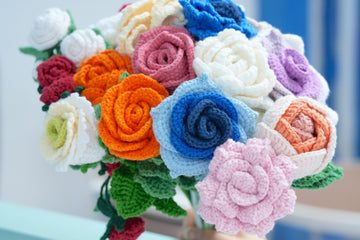Hey there, crochet enthusiasts! Today we're diving into the world of Slip Stitch Crochet, often abbreviated as "sl st" in patterns. This sneaky little stitch is like the ninja of the crochet world – it's low-profile but incredibly useful!
So, what's the deal with slip stitch? It's the shortest of all crochet stitches, used to move across your work without adding height. Think of it as the crochet equivalent of tiptoeing!
Why bother with slip stitch? Well, it's perfect for joining pieces, creating invisible seams, adding subtle texture, or moving your yarn to a new position without cutting. It's the Swiss Army knife of crochet stitches!
Don't worry if it sounds tricky – we've got your back with step-by-step instructions and clear images coming up. Plus, for our visual learners, there's a video tutorial that'll make you a slip stitch pro in no time!
Pin for later
Pin this slip stitch tutorial – it's your secret weapon for clean seams and sneaky stitch maneuvers!

Slip Stitch Crochet Stitch Symbol

Slip Stitch Crochet Stitch Video Tutorial
Materials Needed
- Yarn: The recommended is 5 mm yarn. The reason why we chose this thick yarn is to make teaching easier. For beginners practicing, thicker yarn is also recommended.
- Hook: To match 5 mm yarn, a 6 mm hook is the best pairing.
Preparation

Step 1. Begin with a slip knot on your hook, then chain the desired number of stitches.

Step 2. Work one row of single crochet stitches across your chain.

Step 3. Insert the hook into the stitch. Yarn over and pull up a loop.
How to sl st Stitch – Step by Step for Beginners

Step 1. Insert your hook into the next stitch.

Step 2. Yarn over and pull the yarn through both the stitch and the loop on your hook in one motion.
Common Problems and Solutions
Why is my slip stitch so tight?
If your slip stitch is coming out too tight, it's likely due to tension issues. Many crocheters tend to pull this stitch tighter than necessary, perhaps because of its small size or the desire for a neat finish. Overly tight slip stitches can make your work difficult to manipulate and may even distort the shape of your project. To remedy this, try consciously loosening your grip on the yarn and hook. Practice maintaining an even, relaxed tension throughout your work. Remember, a slip stitch should glide smoothly along your piece without pulling or puckering the fabric. With practice and awareness, you'll find the right balance for a perfect slip stitch.
Practice Project Suggestions
Now that you know how to make a slip stitch, I bet you’re eager to practice. Here are some simple beginner free patterns that start with a slip stitch:
- Crochet Small Gardenia Applique
- Crochet Snow Willow Leaf
- Crochet Small Sedge Leaf
- Crochet Rose Leaf
- Crochet Forget-me-not Leaf
FAQ
What is the point of a slip stitch?
The slip stitch is a versatile crochet technique with multiple uses. It's primarily for joining pieces seamlessly, moving yarn without cutting, and creating subtle textures. This low-profile stitch is excellent for finishing edges, making invisible decreases, and even forming delicate lacework. It's an essential tool for both functional and decorative elements in crochet projects, enhancing overall quality and design possibilities.
Is a slip stitch secure?
A slip stitch is generally secure when used correctly. Its strength lies in its low profile and ability to create tight joins. For seaming and finishing, it's quite reliable. However, when used alone in a pattern, it may not be as stable as taller stitches. The security also depends on yarn type and tension. For critical structural elements, it's often combined with other stitches. Overall, while not the strongest stitch, slip stitch is secure enough for most crochet applications when properly executed and used appropriately.
Is slip stitch a permanent stitch?
Slip stitch is a permanent crochet technique when properly secured. While it's not as sturdy as taller stitches, it creates lasting joins and textures. Its permanence depends on correct execution and how it's integrated into the overall project design.
What is the difference between tuck stitch and slip stitch?
Tuck stitch and slip stitch are different techniques. Slip stitch in crochet is a low-profile joining stitch. Tuck stitch, used in knitting, involves holding stitches and working them together later, creating texture. They serve different purposes in their respective crafts.
More Beginner Crochet Stitch Tutorials
Dive deeper into crochet with these fundamental stitches. Each tutorial will help you expand your skills and create more diverse projects.


